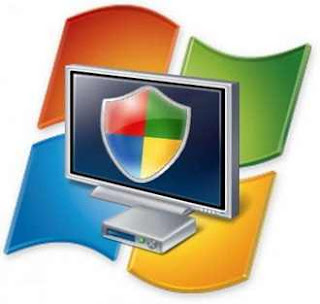

To uninstall the pop-up and remove traces of it from your browser, see /gnm8w6c. It can also secretly download browser extensions, which change browser behavior, and other unwanted programs. Known generically as the “85 pop-up,” the malware produces the fake virus warning and the telephone “help” number that charges to “fix” your PC.

It was caused by a malicious program on your PC that is still active and needs to be removed. While I’m glad you realized that the man on the phone was running a scam, this wasn’t a chain reaction caused by you typing my tinyurl into your browser. Was this situation caused by your tinyurl?Ī: No. Finally, I called the number on the screen and played along while a man urged me to give him remote access to my PC, then hung up. I then ran Microsoft’s Malicious Software Removal Tool (find it at /z85al7o), which found nothing amiss.

I restarted the PC and got the same warning. A repeating audio warning said I had a virus and spyware infection, and that I should call the number on the screen (85) before the PC became disabled. Q: After reading your column about updating Windows 7 (see /zzhdlyf), I typed your tinyurl address into my browser and got strange results.


 0 kommentar(er)
0 kommentar(er)
